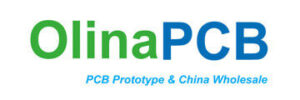PCB No-clean Process
The currently available PCB cleaning processes include water-based cleaning, semi-aqueous cleaning, solvent cleaning, and no-clean process. We have discussed the first 3, today we will introduce no-clean process. What is a No-clean Process? The no-clean process refers to the quality and process control of raw materials such as printed circuit boards and electronic components. The alternative …

